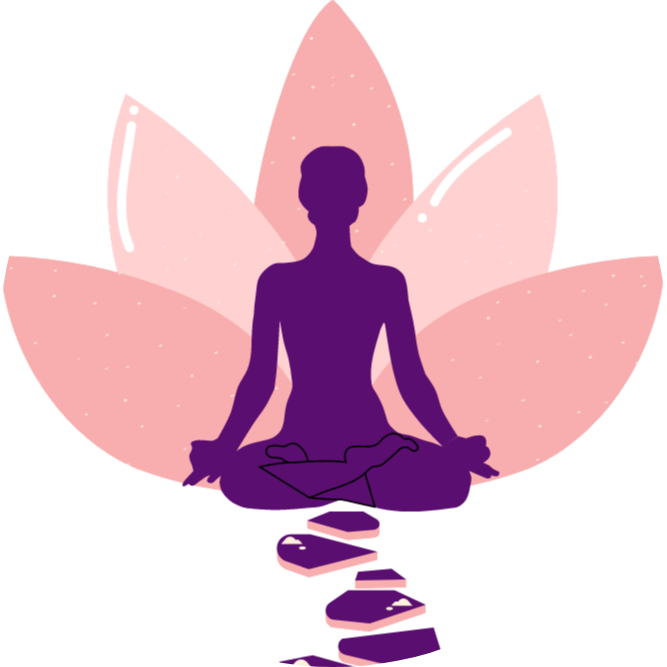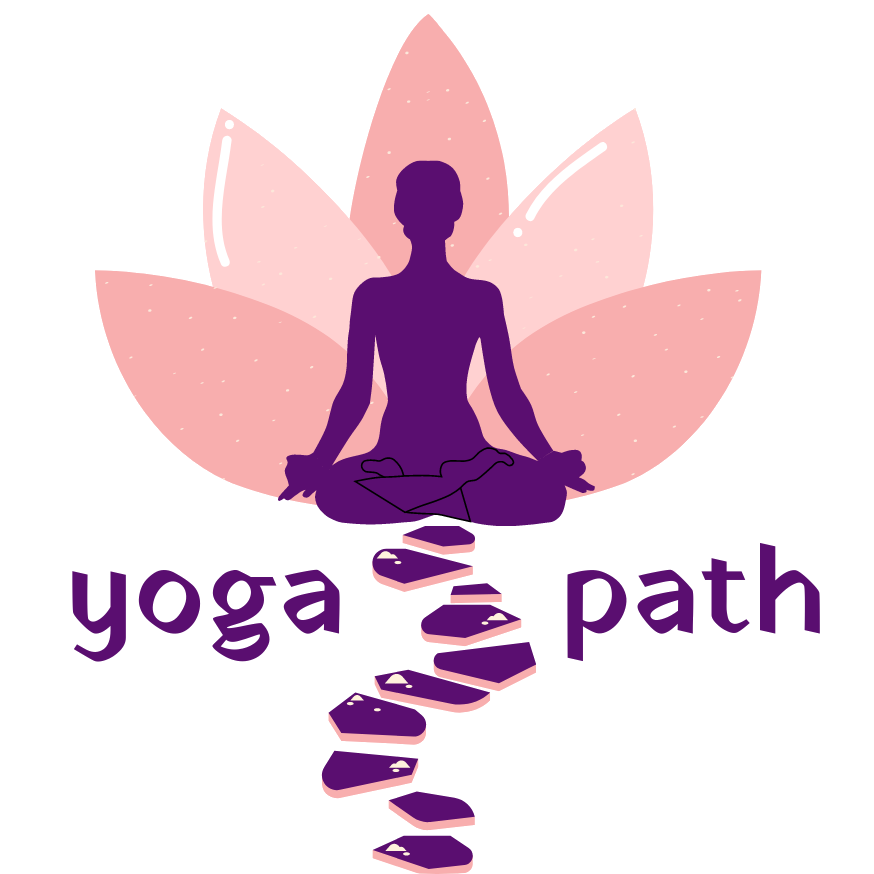Learn Yoga Philosophy
Patanjali's Yoga Sutras
Yoga, as we know it today, originated in India, where the principles of yoga were passed by word of mouth from master to student. About 3000 years later, Maharishi Patanjali compiled these teachings and recorded them in the Yoga Sutras, which provide the traditional foundation of yoga.
The Yoga Sutras contain 195 ‘sutras’ – strings or threads – that string together 4 to 5 words to create a verse. Although short – to facilitate learning, memorising and chanting with deep, inner contemplation – the sutras are profound with the universal teachings of yoga. The Yoga Sutras speak of the mind (Chitta) and its fluctuations (Vritti), providing guidance on how these fluctuations can be controlled, and that mastery over our mind results in the cessation of misery and attainment of peace, which ultimately leads to liberation.
Yoga, thus, has to be practised with a view to attaining salvation.
The Yoga Sutras are divided into 4 ‘padas’ or chapters as follows:

- Samadhi Pada: Consisting of 51 sutras, Samadhi Pada, the first chapter defines yoga and presents it as a discipline to control the fluctuations of our mind. It offers many approaches to achieve the state of samadhi or self-realization and expresses the goal of concentration, as a means of achieving vairagya (detachment).
- Sadhana Pada: This second chapter, containing 55 sutras, outlines the practical approach to achieving the goals of yoga. Sadhana pada also describes Kriya Yoga (yoga of action) Here the eight limbs of yoga called Ashtanga Yoga are introduced. The 8 limbs of Ashtanga Yoga are Yamas, Niyamas, Asanas, Pranayamas, Pratyahara, Dharana, Dhyana and Samadi.
- Vibhuti Pada: The 55 sutras of Vibhuti Pada, the third chapter, focuses on the ‘siddhis’ supernatural powers that an adept yogi may be able to attain. Vibhuti Pada is dedicated to the deeper progression of yoga practice, with a focus on the mind’s power to manifest. Other translations of vibhuti hint at the notion that these so-called powers are not otherworldly, but in fact accessible to all. However, Patanjali warns in Vibhuti Pada that one must practice without ego, or else these powers may become an obstacle on the path to Kaivalya or ‘final liberation’.
- Kaivalya Pada: In the 34 sutras of the fourth chapter, Kaivalya Pada speaks of the nature of time and consciousness, of karma and rebirth, and of living in a detached manner beyond the influences of the three qualities of energy or ‘gunas’ (sattva, rajas, and tamas).
Kaivalya means solitude or detachment in Sanskrit. In this case, it refers to the isolation of purusha from prakṛti, and therefore the liberation from rebirth. The culmination of a yogi’s practice or ‘sadhana’ is when a yogi reaches the state in which he or she is no longer a slave to their own mind, and achieves true and eternal liberation, or moksha – this sense of liberation which translates as isolated and absolutely pure is ‘Kailvalya’.
The culmination of a yogi’s practice or ‘sadhana’ is when a yogi reaches the state in which he or she is no longer a slave to their own mind, and achieves true and eternal liberation or ‘moksha’ – this sense of liberation which translates as isolated and absolutely pure is ‘Kailvalya’.
Thus, the four chapters of the Yoga Sutras focus on a yogi’s overall evolution in action, thought, and speech. The Yoga Sutras are indeed the ultimate guide for a yogi’s spiritual development. We can directly experience the fullness of yoga at our own pace, in the depth and breadth of our own understanding and at our own level.
The Yoga Sutras are an invitation for us to experience the divine.

